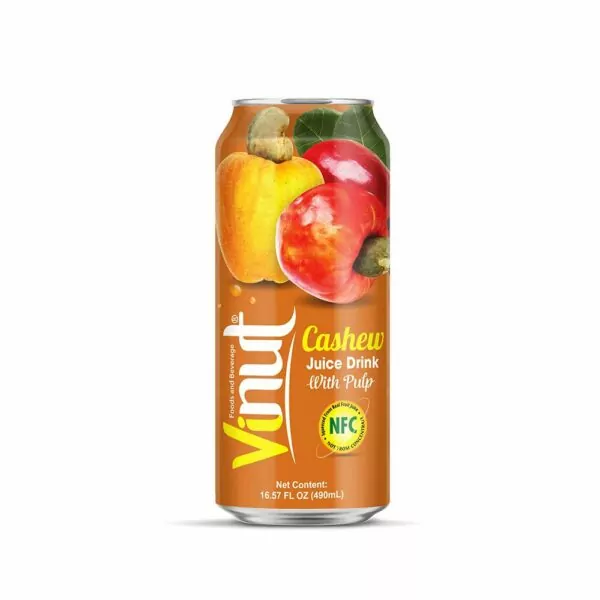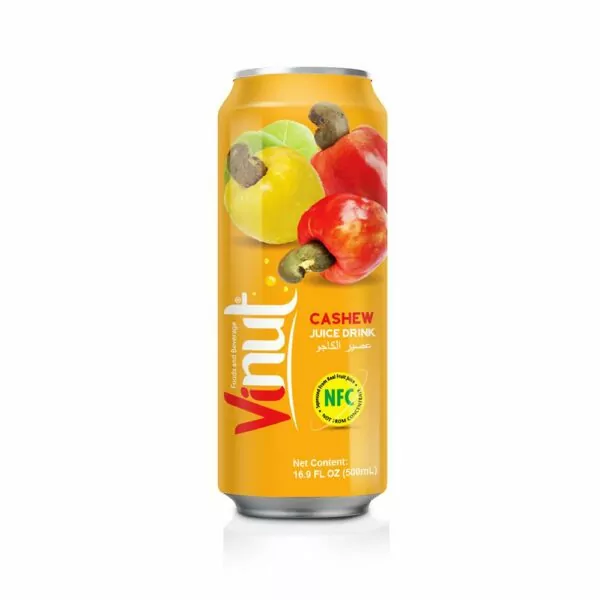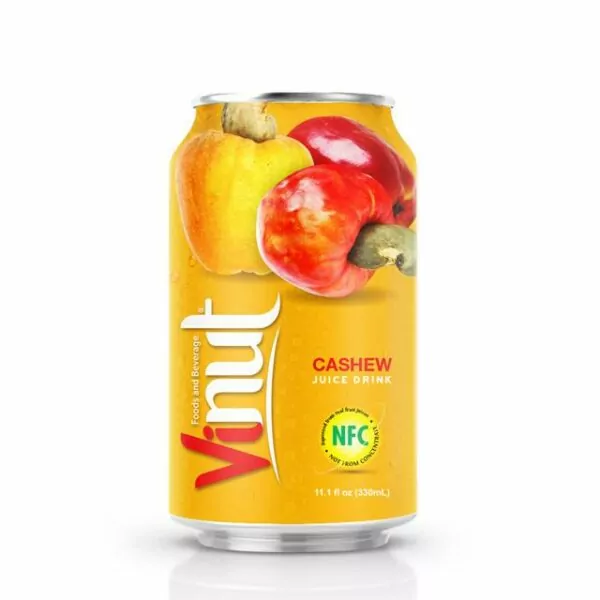15 HEALTH BENEFITS OF CASHEW FRUIT
The cashew apple or cashew fruit, is the fleshy part of the cashew fruit attached to the cashew nut. The top end of the cashew apple is attached to the stem that comes off the tree. The bottom end of the cashew apple attaches to the cashew nut, which is encased in a shell. In botanical terms, the cashew apple is an accessory fruit that grows on the cashew seed (which is the nut).
The cashew apple can be eaten fresh, cooked in curries, or fermented into vinegar, as well as an alcoholic drink. It is also used to make preserves, chutneys, and jams in some countries such as India and Brazil. In many countries, particularly in South America, the cashew apple is used to flavor drinks, both alcoholic and nonalcoholic.
Cashew nuts are more widely traded than cashew apples, because the apple, unlike the nut, is easily bruised and has very limited shelf life. Cashew apple juice, however, may be used for manufacturing blended juices.
Cashew apples have a sweet but astringent taste traced to the waxy layer on the skin that contains a chemical, urushiol, which can cause minor skin irritation to areas that have had contact with it.[citation needed] In cultures that consume cashew apples, this astringency is sometimes removed by steaming the fruit for five minutes before washing it in cold water; alternatively, boiling the fruit in salt water for five minutes or soaking it in gelatin solution also reduces the astringency.
See unique health benefits Cashew offers to you;
- Keeps the the Brain Healthy and enhances its functionality
- Improve Heart Functioning
- Good for Preventing Cancer
- Prevent Gallstones in the body
- Treats Obesity and Helps in Weight Loss
- Helps blood flow
- Enhances Eye Health and Vision Clarity
- Keeps the Blood Healthy
- Helps treatment of Diabetes
- Catalyst for Digestion
- Keeps the Skin fresh and healthy
- Strengthen and tones Bones
- Keeps the Hair Shiny
- Keeps the Teeth and Gums healthy
- Good for Preventing Headaches
According to a research by carried out by R. Bhakyaraj and K. Singaravadive, The cashew tree (Anacardium occidentale L.) is a tropical tree native of Brazil and is being extensively grown in India, East Africa and Vietnam (Muniz et al., 2006). A main product from cashew tree is cashew nut (true fruit), which is rich in fat and protein. After picking the nut from the peduncle (cashew apple-pseudo fruit) (Garruti et al., 2006) cashew apple become biowaste. Cashew apple is used as a remedy for chronic dysentery and for sore throat in Cuba and in Brazil (Morton, 1987). Most of the fruit by-products could be used as functional ingredients when designing health foods (functional foods), especially non-digestible carbohydrates (dietary fiber) and bioactive compounds (ascorbic acid and flavonoids) (Laufenberg et al., 2003). Cashew apples are available in India in huge quantities but they find little commercial application at present except the manufacture of fenny (a type of brandy) and pectin (Maini and Anand, 1993; Ward and Ray, 2006).
Cashew apple juice is rich in sugars (Azevedo and Rodrigues, 2000), antioxidants (Trevisan et al., 2006; Kubo et al., 2006) and vitamin C (Azevedo and Rodrigues, 2000) and is widely consumed in Brazil (Nagaraja, 2007). Cashew apple juice has the potential to be a natural source of vitamin C and sugar in processed foods (De Carvalho et al., 2007). Cashew nut has a fine taste and a market potential but cashew apple even though rich in nutritive values like vitamin C and minerals, i.e., Ca, P, Fe it is not accepted as food because it contains high tannin content and astringent taste however, the bioactive compounds, vitamins and minerals present in it, should be explored for other value addition.
The cashew apple juice was found to contain a total of nine minerals in different level. Minerals like magnesium, sodium, iron, calcium, copper, sodium and zinc were also present at significant level of 279.70, 204, 133.9, 80.42, 1.17, 204.0 and 16.48 ppm, respectively in cashew apple juice (Table 1). Among the various minerals potassium was observed in high level (3337 ppm) followed by phosphorous (440.20 ppm). Potassium (K) is very essential element to prevent bone demineralization which is by controlling of calcium loss in urine (Tucker et al., 1999; He and MacGregor, 2001).
Nagaraja (2009) also reported that some varieties of cashew apple are rich in potassium.
Copper is an essential and beneficial element in human metabolism and the average daily dietary requirement for copper in the adult human has been estimated as 2 mg and for infants and children at 0.05 mg kg-1 b.wt. (Browning, 1969; WHO, 2004). The NRC (1980) reported that safe and adequate daily dietary intakes of copper ranging from 0.5-0.7 mg day-1 for infants of 6 months age or less up to 2-3 mg day-1 for adults. The copper content of 1.07 ppm observed in the cashew apple juice is within the safe prescribed limits of infants.
Sodium is the principle extracellular cation and is used for osmoregulation in inter modular fluid of human body. The recommended daily allowance of sodium is 115-75000 ppm for infants, 324-975 mg kg-1 for children and 1100-3300 ppm for adults (Crook, 2006). Enzymes are involved in macronutrient metabolism and cell replications are mainly Zn dependent (Hays and Swenson, 1985; Arinola, 2008). Zinc is widely distributed in plant and animal tissues and present in all living cells. In cashew apple juice 16.48 ppm of Zinc was observed.
Magnesium is an active element in several enzyme systems in which thymine pyrophosphate is a cofactor. Oxidative phosphorylation is greatly reduced in the absence of magnesium. It also activates pyruvic acid carboxylase, pyruvic acid oxidase and the condensing enzyme for the reactions in the citric acid cycle (Murray et al., 2000). Even though the value obtained in the cashew apple juice is low as compared to the standard value, it can be used as natural sources of minerals with other food and beverages to rectify the child malnutrition.
The cashew apple color varied from bright red, orange, or yellow with a soft and fibrous fleshy. As variations in minerals and other nutrient content of apples are observed, in the present study, cashew apple available in southern part of India are analyzed for minerals and bioactive compounds.
VINUT CASHEW JUICE


16.9 fl oz Vinut Cashew juice drink with pulp
Original price was: $7,50.$6,50Current price is: $6,50.

16.9 fl oz VINUT Tropical Cashew Juice Drink with pulp
Original price was: $7,50.$6,50Current price is: $6,50.

330ml VINUT Cashew fruit juice drink
Original price was: $7,50.$6,50Current price is: $6,50.

330ml VINUT NFC cashew fruit juice Drink
Original price was: $7,50.$6,50Current price is: $6,50.
